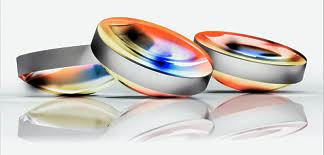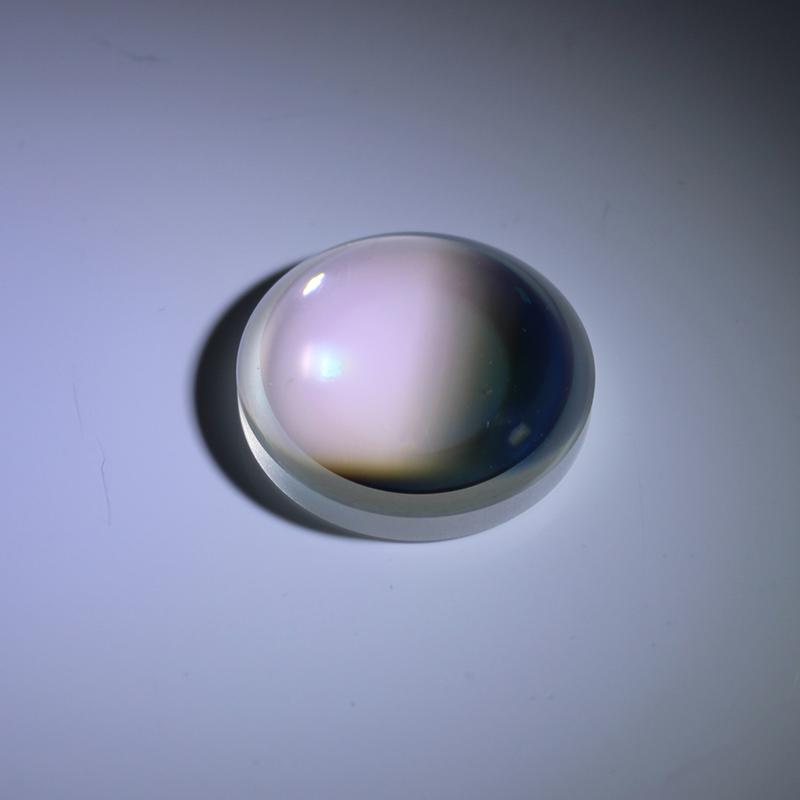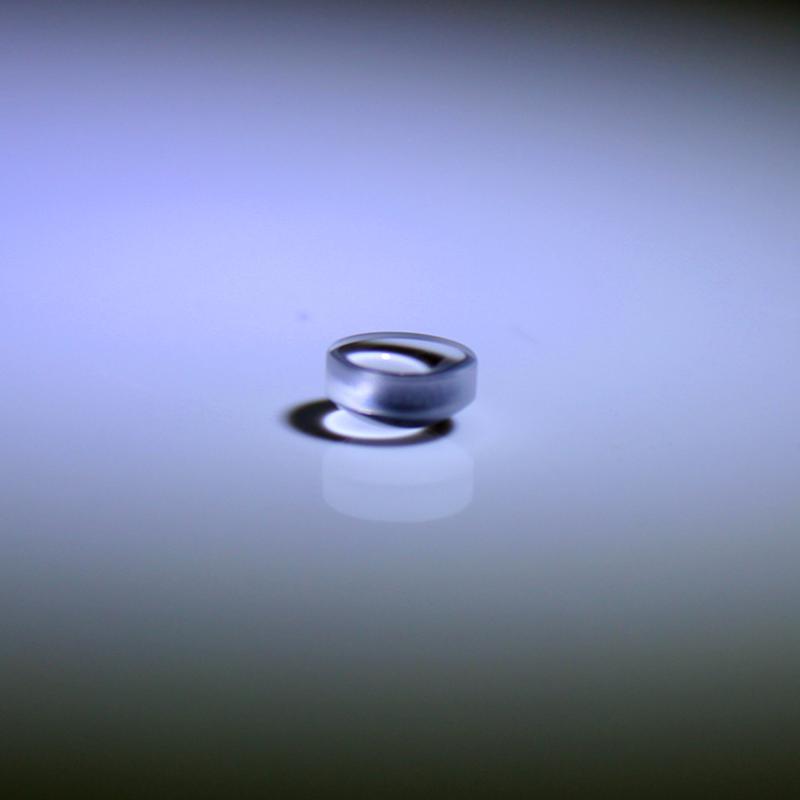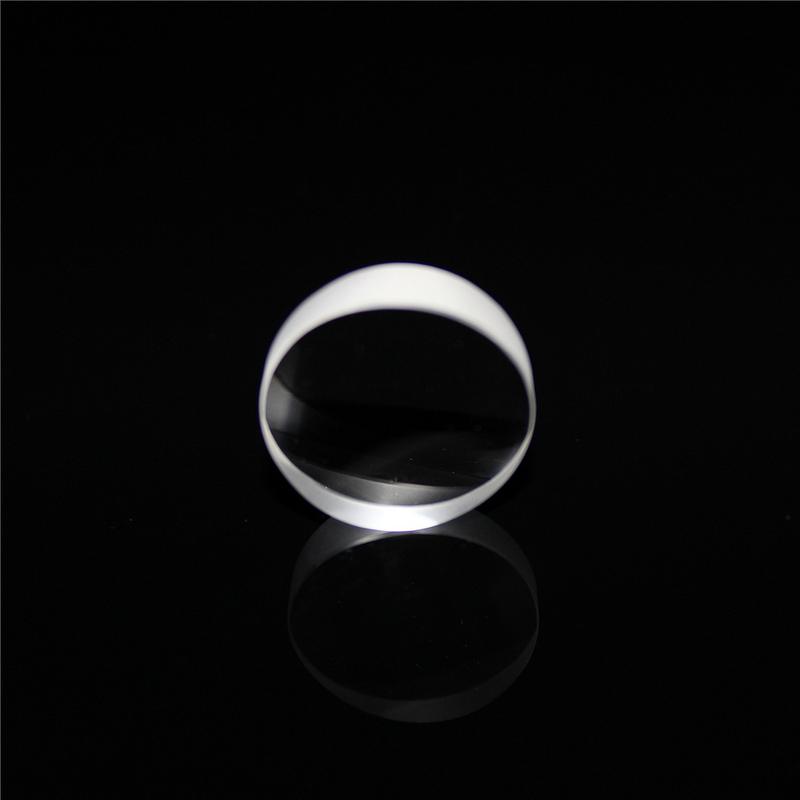Several commonly used methods for measuring aspheric surfaces

The benefits of aspheric lenses are numerous: they permit for a discount in spherical aberrations and are ideal for focusing or collimating light, as they will achieve a coffee ƒ-number. Aspheres also allow an equivalent or better performance using fewer lenses, which frequently translates to a discount in both size and weight during a system.
New applications in imaging increasingly require the utilization of aspheres, thanks to performance and size constraints. Manufacturing these surfaces requires equally innovative metrology methods. it's important to assess the strengths and weaknesses of the foremost common metrology methods that are wont to quantify the surface accuracy of aspheres and identify the standards for choosing the foremost appropriate technique to live specific classes of optical surfaces.
The interferometry that is typically used to measure the surface accuracy of optical components requires a planar reference wave to measure planar parts, or a spherical reference wave to measure spherical parts. Neither of these two approaches is ideal for measuring aspheres. The aspheric departure, or distance between the best fit radius of the asphere and its actual aspheric surface, creates very densely spaced interference fringes that are challenging to resolve. Because a spherical reference wave that matches the best fit radius of the asphere in question cannot always provide acceptable measurements, alternate methods to measure aspheric surfaces must be used.

To compare the performance of several asphere metrology methods, also because of the practical aspects of implementing their use during a production environment, consider the subsequent methods:
• Contact profilometry, which records the position of a stylus because it traces a 2D path across the surface of a lens.
• Stitching interferometry, which mixes multiple subaperture interferograms to make an entire, highly accurate map of the optic.
• Computer-generated holography, which performs standard interferometry on an aspheric component by employing a computer-generated diffractive optical element to convert a spherical wavefront to an aspheric reference wavefront that matches the specified part profile.
• Chromatic confocal sensing, which illuminates a surface with a white light beginning and senses the wavelength reflected from a surface to perform non-contact profilometry.
• Multiwavelength interferometry, which performs distance measurements using several discrete wavelengths to reinforce the accuracy of surface reconstruction.
The above metrology techniques are all capable of measuring the peak-to-valley (PV) and root mean square (RMS) accuracy of an optic compared to the nominal design. The key things to consider when selecting a measurement method are precision, speed of measurement, cost, and whether the part in question is within the geometrical space that can be adequately characterized by a given technology.




